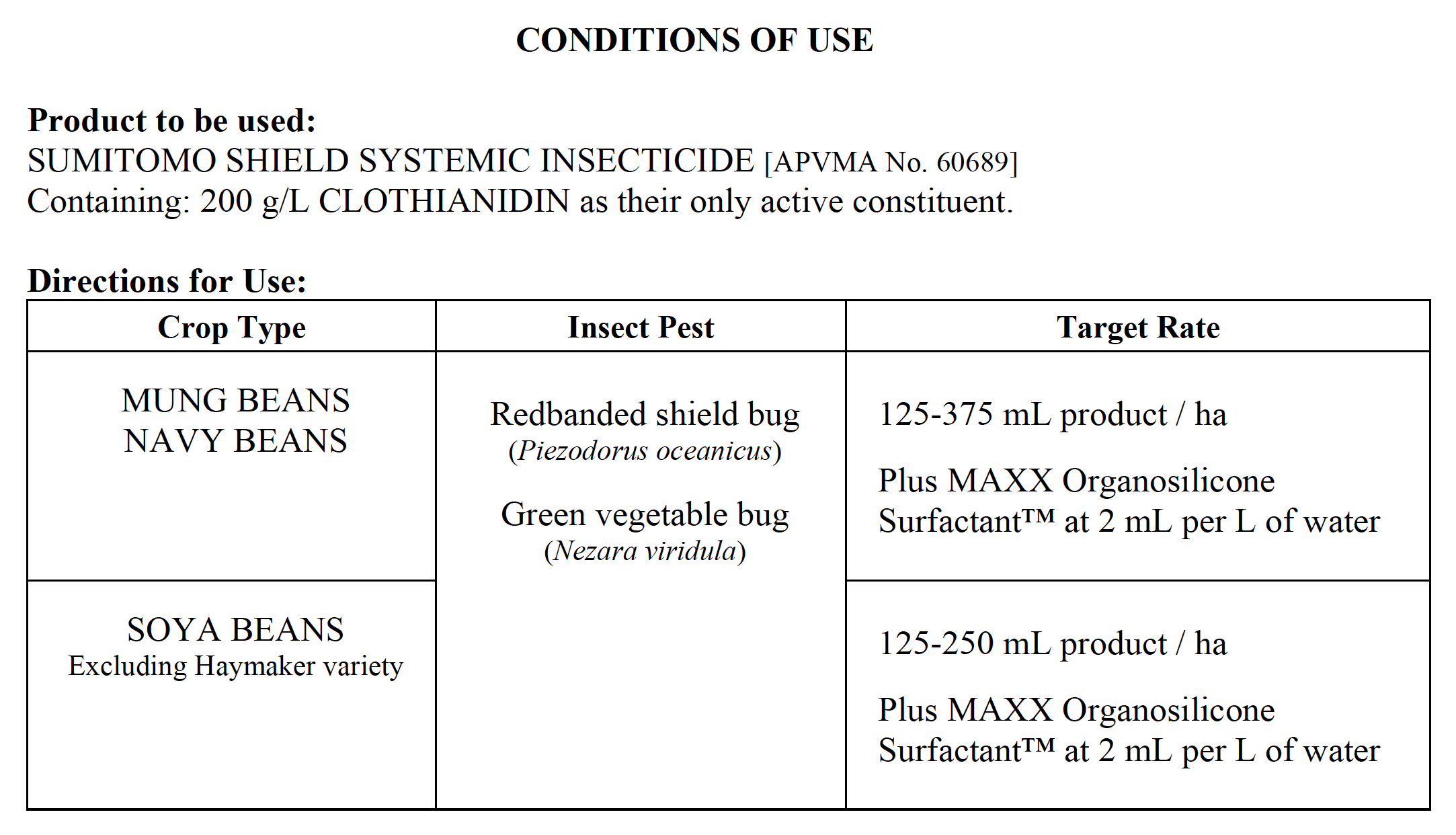Crop protection permits in pulses
Pulse crops are protected using products that are registered or permitted for a specific use pattern. Knowing and following the label and permit instructions is of paramount importance to protect Australian grain markets and ensure our products are safe to eat.
Pulses are used primarily for direct human consumption and crop protection products are essential to preserve yield and grain quality in pulse crops.
BUT if they are not used correctly they can ruin Australia’s lucrative export markets. There is no room for error – right product, right rate, right time, right application.
Maximum residue levels
MRLs are a safe level for human or animal ingestion within the diet and are determined for every crop protection product as part of the registration process.
The label instructions ensure that the MRL is not exceeded for the registered crops and use patterns.
Australian MRLs only apply to product consumed in Australia. Exported product must comply with the importing country’s MRLs, so talk to your marketer early so they can find a market suited to your product. If the product is used on other crops or in a way not allowed on the label, the MRL can be exceeded and there is a risk of harm or death and certainly a risk to trade.
More information about MRLs: MRL essentials
One example – haloxyfop
All products have specific conditions for their use, including when they are to be applied. It is essential to read the label and the permit carefully and only use the product within the specified conditions.
Haloxyfop (e.g. Verdict) is a useful herbicide in the cane / pulse system but there are serious risks. To avoid these risks the label specifies that this herbicide MUST NOT be sprayed on advanced pulse crops – it must only be applied before flowering (or pegging in peanuts) commences.
This is because if this herbicide is sprayed on crops after flowering has commenced, the active ingredient is exported into the grain and will exceed MRLs.
Many other products have specific conditions for their use patterns. See also the example permit below.
Registration
Registration of crop protection products is an expensive and thorough process so chemical companies do not always pursue full registration for all crops and all situations.
Pulses are relatively small volume crops and are not always included in the registration process for products.
Users should be aware that all pesticides go through a process where they are formally authorised (registered) by the APVMA for use:
- against specific pests
- at specific rates of product
- in prescribed crops and situations and application methods
- where risk assessments have been evaluated that these uses are:
- effective (against the pest, at that rate, in that crop or situation)
- safe (in terms of residues not exceeding the prescribed MRL (maximum residue level), and
- not a trade risk.
Permits
Minor Use and Emergency Use permits are an extension of the product label. Both the permit and label are legally-binding on the grower / applicator.
Permits have an expiry date and must not be applied after that date.
Minor Use Permits (MUP)
Minor Use Permits help fill the gap and allow growers access to crop protection products that have a use and are considered low risk in pulse crops, based on data-supported use patterns from overseas in relevant crops.
The industry applies for MUPs on behalf of growers. Once granted, MUPs are usually valid for 1 to 5 years. Once the permit expires, the product can no longer be used.
An example Minor Use Permit : PER86211 Sumitomo Shield (200 g/L clothianidin) / Mung bean and Navy bean / Redbanded shield bug and Green vegetable bug / Current to 31-Aug-2021


Emergency use permits
Emergency Use Permits allow growers access to crop protection products that are needed to address a seasonal emergency. The industry applies for EUPs on behalf of growers. EUPs are usually valid for the balance of the season or 1 year and once the permit expires, the product can no longer be used.
They are based on data of known efficacies and MRLs from overseas.
Where to find registered and permitted products
All registered products can be found using the APVMA - Australian Pesticide and Veterinary Medicines Authority database.
A list of current and recently expired minor use permits (MUP) are available for:
Some MUPs have quite short currency so take care to check that the product is permitted for use at the time you use it and in your state.
Declaring crop protection product use
Spray records are a legal requirement and provide the information required to complete your Vendor Declaration.
Vendor Declarations are statutory declarations about the growing, harvest, transport and storage of the grain. They alert marketers to any potential constraints to market access.
An MRL breach will see the product rejected and dumped, and will be traced back to the grower, resulting in serious financial impact on the individual.
Observe all withholding periods and record all product use on the relevant statutory declaration:
- GTA Grain Commodity Vendor Declaration
- GTA SafeMeat Declaration Form
- Commodity Declaration Form (mungbean).
Read Pulse Check blog articles | Pulse Check Coastal facebook | Subscribe to the monthly newsletter

